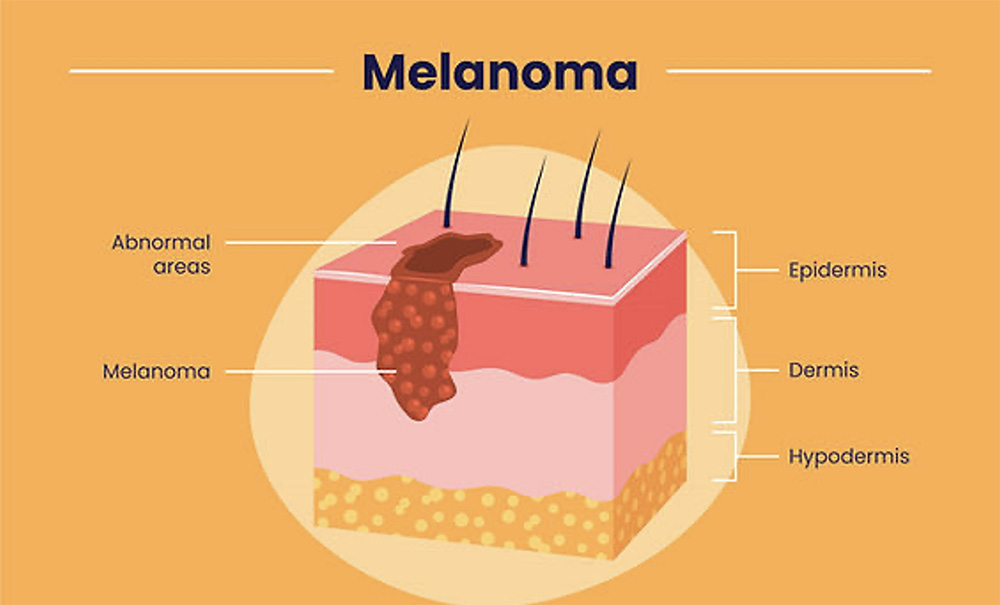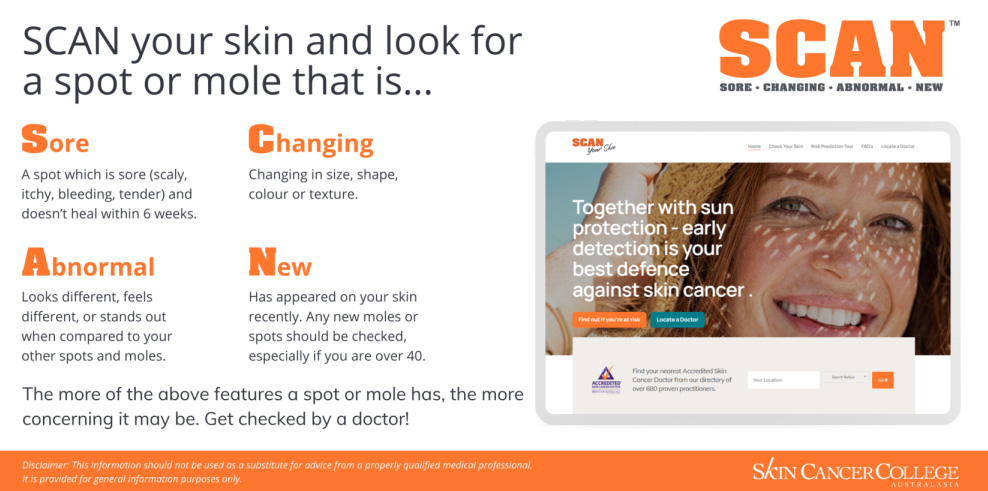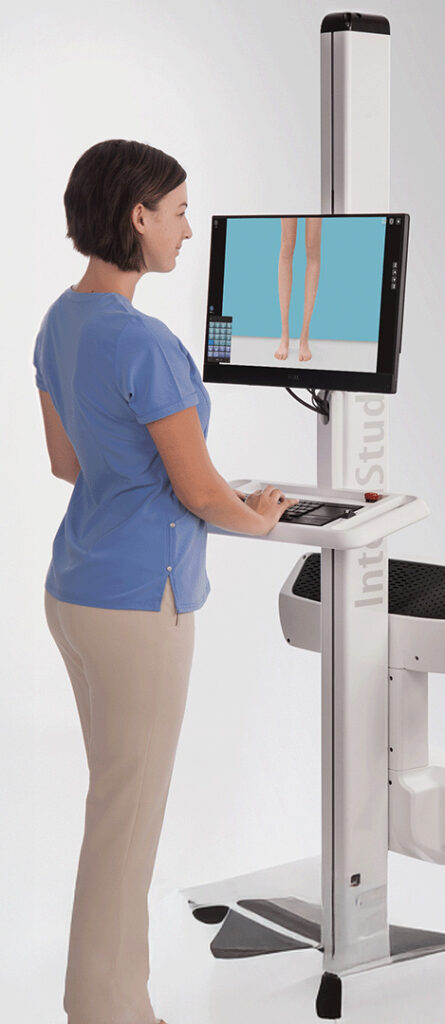skin cancer
Skin Cancer Checks and Treatment
Your Trusted Doctors in Early Detection and Comprehensive Skin Care
Australia has one of the highest rates of skin cancer in the world. Approximately 2 in 3 Australians will be diagnosed with some form by 70yrs. While common, early detection and effective treatment means it is highly curable.
Protecting Your Skin is our Priority
Skin cancers can be successfully treated if found early.
Over 95% of skin cancers are due to UV exposure such as unprotected exposure or prolonged exposure to sunlight.
Regular skin checks are advisable for anyone with a history or family history of skin cancer (especially melanoma) or those who spend lengthy periods of time exposed to UV light (such as outdoor workers).
At The Woods Medical Centre, we are dedicated to providing thorough skin cancer checks and advanced treatment options, including skin cancer management and Total Body Photography (TBP).
Our proactive approach aims to identify and address any concerns early, giving you the best possible outcomes and peace of mind.
GPs listed below perform skin checks.
All skin doctors at The Woods Medical Centre have completed extensive training in the detection, management and treatment of skin cancer.
skin cancer checks
Check moles regularly
Australia has one of the highest rates of skin cancer in the world. Approximately 2 in 3 Australians will be diagnosed with some form of skin cancer by the age of 70. While skin cancer is common, with early detection and effective treatment, it is highly curable.
- Also see: Skin Cancer Management
Why choose The Woods Medical Centre for your skin checks?
When it comes to skin cancer, expertise and comprehensive tools matter.
-
Advanced Expertise
All of our skin doctors perform skin cancer checks and complex procedures. -
Comprehensive Diagnostics
We conduct meticulous full-body skin examinations using advanced tools like dermatoscopes to carefully assess every mole and lesion. -
Cutting-Edge Technology for Enhanced Surveillance
We also offer Total Body Photography (TBP), which creates a comprehensive digital map of your skin. For individual suspicious lesions, we utilise digital monitoring, allowing us to precisely track even subtle changes over time. These technologies significantly enhance our ability to detect new or changing lesions at their earliest, most treatable stages. -
On-Site Biopsies
If a suspicious lesion is identified, we can perform a biopsy on-site for pathological examination, providing a quick and efficient pathway to diagnosis. -
Continuity of Care
From your initial check-up to diagnosis, treatment, and follow-up, you'll receive consistent, personalised care from our dedicated team.

Skin cancers broadly fall into 3 main types
- Basal Cell Carcinoma (BCC)
The most common type, accounting for about 2 out of 3 skin cancers. BCCs rarely spread but can cause significant local damage if left untreated. - Squamous Cell Carcinoma (SCC)
The second most common type, making up about 1 in 3 skin cancers. SCCs have a higher risk of spreading than BCCs if not treated promptly. - Melanoma
While less common (about 1 in 100 skin cancers), melanoma is the most serious form due to its higher likelihood of spreading to other parts of the body if not detected early. It is the third most commonly diagnosed cancer in Australia (excluding non-melanoma skin cancers). - Actinic Keratosis (AKs)
These are common rough, scaly patches on the skin caused by sun exposure and are considered pre-cancerous lesions. Up to 10% of AKs can develop into SCCs if left untreated. Australia has one of the highest incidences of AKs in the world, with an estimated prevalence of 37-55% in Australian adults over 40.
Advanced Surgical Treatment
We offer a wide range of surgical excisions for skin cancers, from simple excisions to more complex procedures.
Lesion Excisions
Precise removal of cancerous or suspicious lesions.
Flaps and grafts
For more complex cases, especially on cosmetically sensitive areas like the face, nose, and ears, our doctors are skilled in performing advanced reconstructive techniques using skin flaps and grafts to achieve optimal functional and cosmetic results.

What to Expect During Your Skin Check
A typical skin check at The Woods Medical Centre involves . . .
1. Initial Consultation and Skin Cancer Risk Assessment
Your doctor will ask about risk factors such as previous skin cancers, family history & sun exposure as well as any concerns you may have. Please highlight any moles or spots that you are worried about, are new or that have changed in size, shape, colour, have started itching, bleeding, or feeling different.
2. Comprehensive Full Body Skin Examination
You’ll be asked to undress to your underwear so the doctor can thoroughly examine your skin from head to toe, including areas you might not easily see yourself. Please wear comfortable clothing that is easy to remove, and avoid wearing makeup.
3. Advanced Dermoscopy for Mole and Lesion Analysis
Your doctor will use a dermatoscope – a specialised magnifying device – to examine moles and lesions in detail, looking for subtle signs of concern.
4. Digital Monitoring & Total Body Photography for Skin Cancer Detection
(if recommended)
5. Personalised Skin Care Recommendations and Next Steps
Based on the examination, your doctor will discuss any findings, recommend further action (such as monitoring, a biopsy, removal or in some cases referral), and advise on future check-up schedules and sun protection strategies.
6. Your Questions About Skin Cancer Checks Answered
You will have ample opportunity to ask any questions you may have about the findings, recommendations, or skin cancer prevention in general. Please don’t hesitate to voice your concerns.

How often do I need a skin check?
Regular skin checks are recommended for everyone
If you notice a new spot, or any mole that is changing in size, shape, colour, or is bleeding, itching, or painful, please book an appointment immediately.
Get checked if you . . .
- Have a personal history of skin cancer.
- Have a family history of melanoma.
- Have many moles, or moles that are large, unusual, or changing.
- Have fair skin, a history of significant sun exposure, or multiple past sunburns.
- Are over the age of 40 (even if you have none of the above risk factors).
